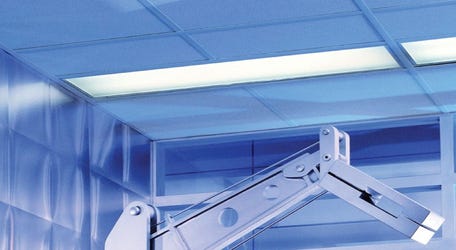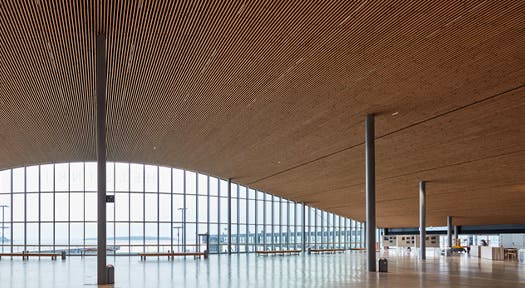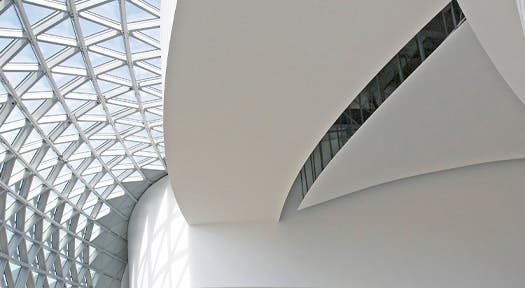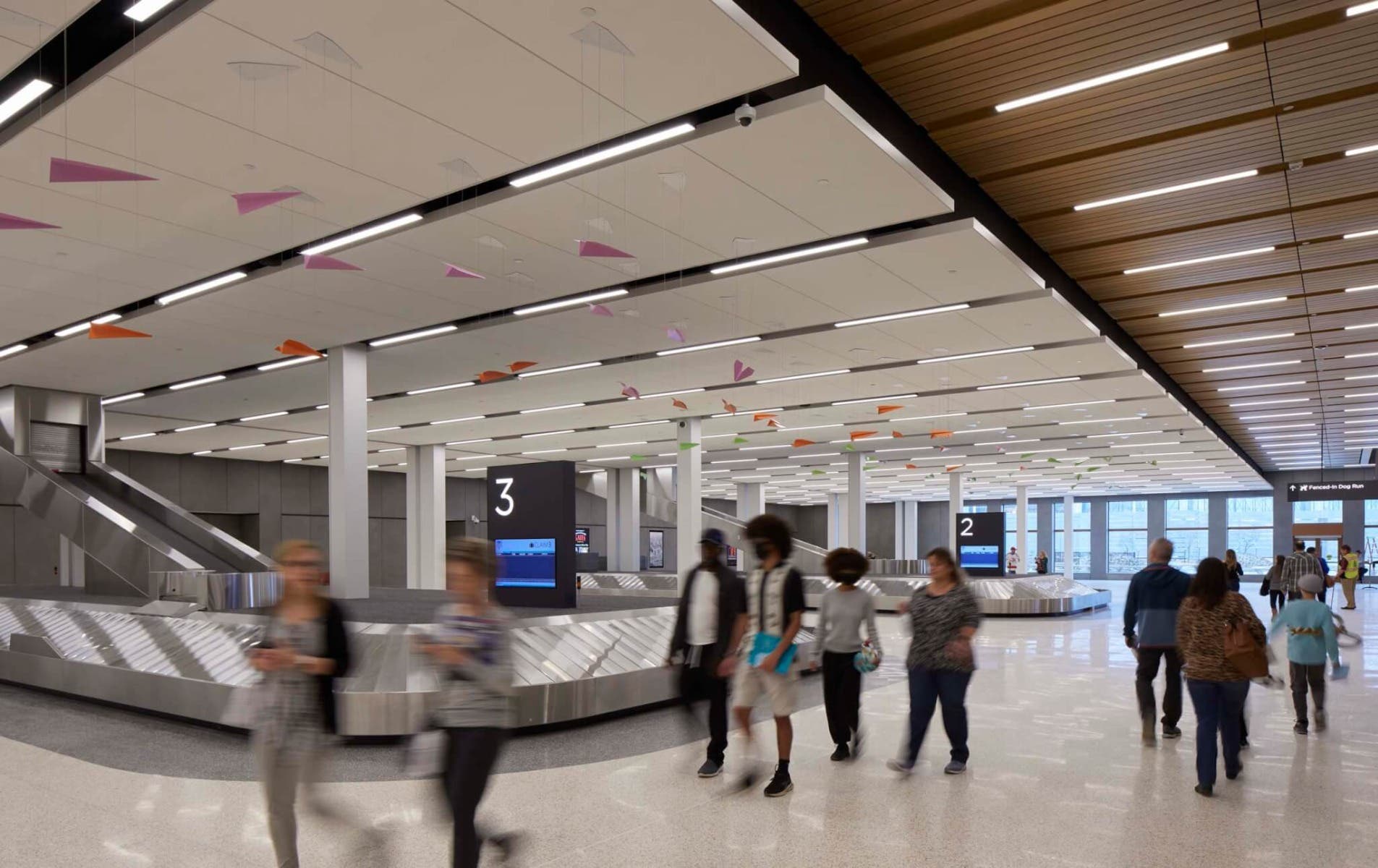Specialty Ceilings Enhance Both Acoustics And Aesthetics
With the endless opportunities that specialty ceilings offer, there is so much that you can do.
These ceilings can transform your space into a beautiful, innovative, and even environmentally conscious avenue.
There are lots of ways you can maximize specialty ceilings, from optimizing linear metal to perforated wood.
Beyond improving acoustics, controlling sound, enhancing the aesthetics of your space, and creating a distinct look, there's just so much you can get.
This has accentuated the need for specialty ceilings in the building industry.
Wondering what the buzz about these kinds of ceilings are?
In this article, you'll be learning about specialty ceilings, why they are essential, and how they enhance acoustics and aesthetics.
Want to know more? Read on.

What Does Specialty Ceilings Have To Offer?
There are lots of benefits you can get from specialty ceilings. They include;
Endless Possibilities Of Finishes
USG middle east Specialty ceilings are available in wood or metal models, custom colors, arrays of digital prints, and plenty of designs.
Also, you have access to several kinds of finishes, including painted wood, anodized, real wood, and faux wood, including construction options.
Material
The material offers different textures, ambiance, and layers while the finishes influence the quality of the design.
The material is also produced with sustainability and the right scale of acoustics and aesthetics.
Lighting
The quality of the lighting in a room determines to a large extent how the room will look and feel.
Poor lighting in a room will often result in fatigue, eye strain, and headaches which will, as a direct impact, cause a reduction in comfort and productivity.
Specialty ceilings, when properly installed, can reflect light.
Standard ones can even return about ninety percent of the light it reflects back into space.
Safety
Fire-rated specialty ceilings are usually required in certain instances, such as the corridors utilized for fire escapes.
The producer would have tested this to maintain structural integrity for certain periods.
Usually, this is an indication of the ability of the ceiling to hold or suppress the fire and prevent it from spreading to the next room.
Insulation
By simply installing this type of ceiling, you can reduce the height within a room, which is a more effective means of trapping warm air within the room.
This helps make the space more energy-efficient and saves you cost on energy bills.
How Does Specialty Ceilings Enhance Acoustics?
Noisy environments have always been unpleasant and chaotic, in fact, researchers have confirmed that they are also unhealthy and can lead to unproductivity.
Human performances are directly affected by space’s acoustics, especially if they happen to spend more of their time there.
For instance, in healthcare settings, acoustics directly affect sleep and patients’ ability to heal.
In educational settings, it can affect people’s ability to concentrate and focus especially when needed.
There is also a great impact in minimizing stress and discomfort, affecting satisfaction.
Office spaces and exposed structures are even more affected by acoustics as sound reflections bounce between open cubicles.
This results in excessive reverberation and high levels of noise.
This is where specialty ceilings are needed. They can dampen noise and absorb parts of sound that travel through the ceiling fleece.
Also, reverberation is reduced in the room to prevent conversation disturbances.
It is important that someone in an office should be able to hear the information you are passing loud and clear without you having to shout.
In large rooms with little furniture, specialty ceilings will reduce the length of reverberation by absorbing the sound and preventing it from pinging back and forth.
The higher the acoustic surface of a specialty ceiling, the less time it takes to reverberate.
This can lead to a more pleasant and working environment.

How Does Specialty Ceilings Enhance Aesthetics?
People who live and work in places with good aesthetics feel more motivated, comfortable, and productive.
To create aesthetically pleasing spaces, architects need to consider everything.
It doesn't matter how tiny these details might be, including the ceiling.
Also, aesthetic materials need to be versatile so that beauty can be created for people anywhere.
The sheer visual impact of specialty ceilings means that it is one of the most focal points in any space.
For instance, corporate rooms, performance spaces, centers for research, health facilities, and other buildings, including learning centers.
Specialty ceilings have proven to be the heart of new and inventive designs with diverse functionality.
Also, aesthetically pleasing specialty ceilings help brighten up spaces, especially in buildings that seem clustered together.
With these types of ceilings at your disposal, you do not have to choose between functionality and design because you can have both.
Types Of Specialty Ceilings
Conventional Ceiling
This ceiling construction type is found mainly in homes.
They have a standard drywall finish and are usually produced with lower-cost materials that require easy installation.
Suspended Ceiling
Sometimes called the dropped ceiling, the suspended ceiling usually hangs from a metal grid below an already existing ceiling in place.
It is commonly used to regulate noise or as acoustic ceilings.
Coffered Ceiling
This is commonly found in churches, hotels, and high-end homes. It is very aesthetic and reflects class and luxury.
It is pricier than other kinds of ceilings and requires specialist or expert installation.

Conclusion
When it comes to aesthetics and acoustics, specialty ceilings cannot be overemphasized.
They can transform any space into a low reverberation, beautiful, and creative space.
The wide range of variety and designs also available makes them sought after in the construction industry.
There are several types of specialty ceilings you can choose from, including conventional, suspended, and coffered Ceilings.












